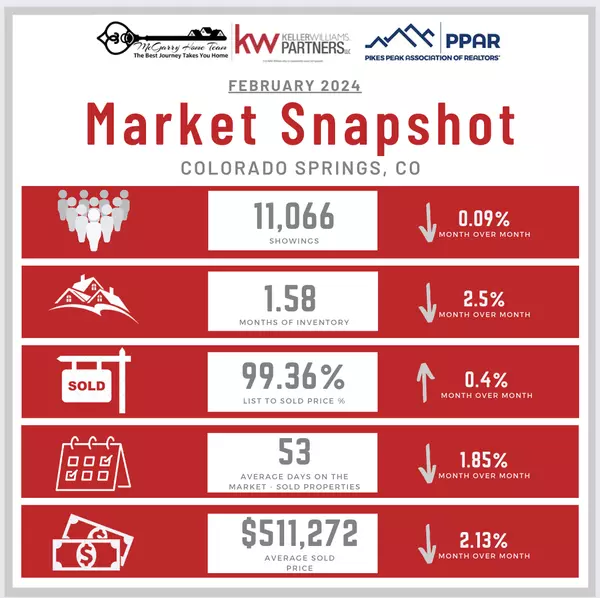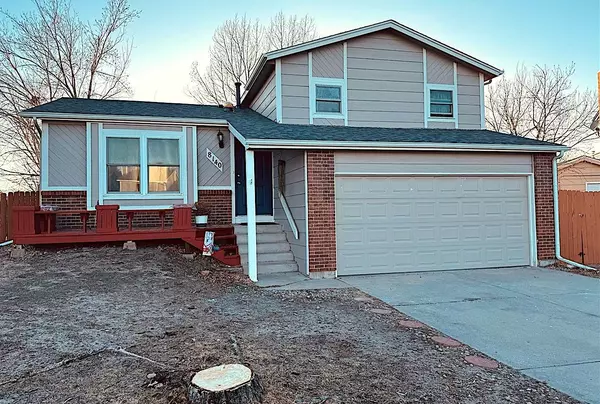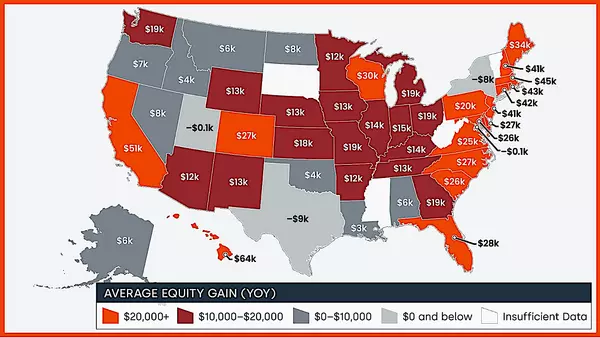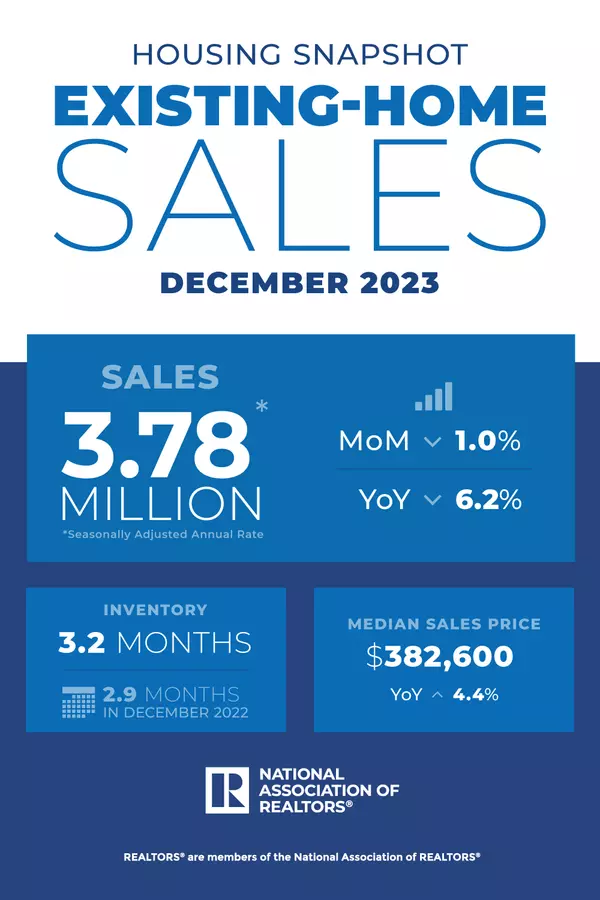Understanding Property Taxes and Assessments


Property taxes and assessments can be confusing for homeowners, especially for first-time buyers. Understanding how these taxes work is essential for homeownership. Here is a brief overview of property taxes and assessments:
Property Taxes: Property taxes are a source of revenue for local governments, such as cities, counties, and school districts. The amount of property tax a homeowner pays is based on the value of their property, which is determined by the local government. Property taxes are typically paid annually and can be included in the homeowner's monthly mortgage payment.
Assessments: Assessments are fees charged by local governments for specific services or projects. For example, a city may charge an assessment for street improvements or the installation of new sidewalks. These assessments are typically paid over time and can be included in the homeowner's property tax bill.
Understanding the Impact: The amount of property taxes and assessments a homeowner pays can vary depending on a variety of factors, including the value of their property, local tax rates, and the type and amount of assessments. It is important for homeowners to understand the impact these taxes can have on their budget, as they can be a significant expense.
In Colorado property taxes are paid in arrears. This means that they are paid AFTER the period of time has passed. For example, on January 1st the tax payment being made will be for the year prior. If you have a mortgage, ususally this will be paid by the bank.
Categories
Recent Posts











"My job is to find and attract mastery-based agents to the office, protect the culture, and make sure everyone is happy! "

